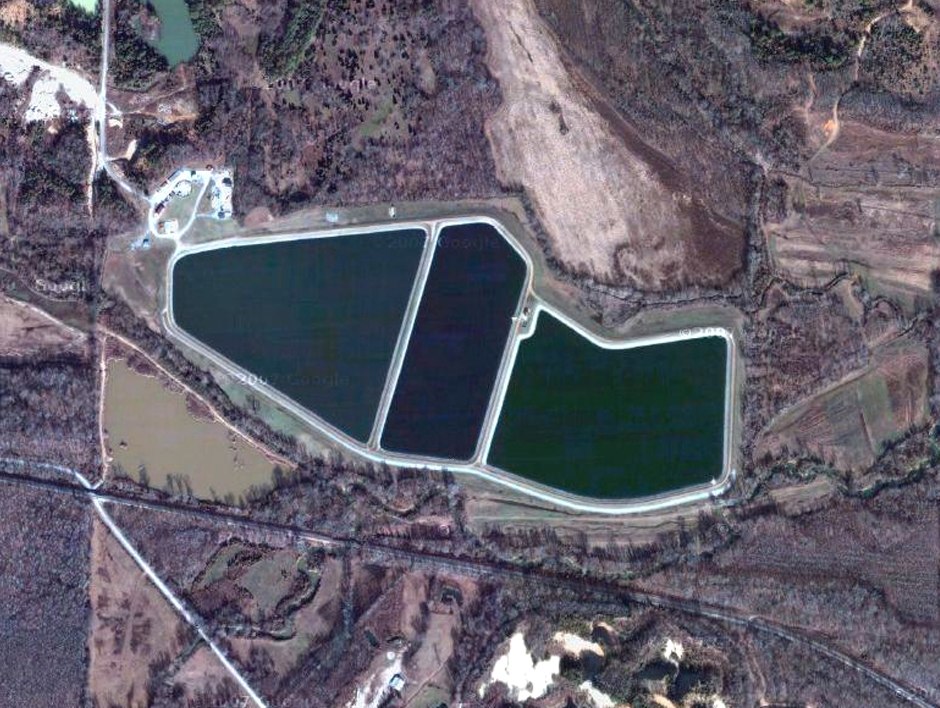WWTP Renovations and Optimization
Energy-efficient infrastructure providing long-term cost savings for the City of Camden, Tennessee.The City of Camden’s Wastewater Treatment Plant (WWTP) is a facultative lagoon system with chlorination and a hydrographic-controlled release that discharges treated wastewater into Cypress Creek, a tributary of the Tennessee River, at River Mile 12.8 under a National Pollutant Discharge Elimination System (NPDES) permit. When the NPDES permit was reissued in 2009 the discharge limits into Cypress Creek were tightened including changing the discharge ratio, a calculation of stream flow vs. discharge flow, to 9:1. The City contracted with CIA Engineers to renovate and optimize (in two phases) the WWTP’s treatment and discharge capacity and processes. These two phases enabled the City to comply with the new discharge limits and flow requirements, provide services to additional customers (including industries), accommodate future growth, and optimize processes for increased efficiency and safety.
Phase I: WWTP Renovation and Optimization
CIA Engineers provided a comprehensive evaluation of the WWTP and prepared construction documents for multiple improvements to the plant in order to increase the average daily flow capacity from 0.5 MGD to 1.5 MGD with a peak flow rate of 6.6 MGD.
These improvements included the addition of bar and fine screens; a new energy-efficient influent pump station utilizing Variable Frequency Drive motors to accommodate increased average daily and RDII influent flows; a new influent force main to accommodate the increased flows and allow bypassing of the first cell to facilitate solids removal or in the event of an upset; expanded disinfection system; new effluent weir and controls; new plant-wide SCADA system; backup power to operate the entire WWTP; an optimized facultative lagoon utilizing the existing three cells; discharge control structures between the lagoon’s cells; a maintenance building; and renovated lab spaces.
The improvements will allow the system to treat wastewater in all three existing cells while preserving the ability to store multiple days’ worth of influent. The SCADA system will allow instantaneous, real-time notification to the operators, both locally and remotely, of plant-wide operating status and alarm conditions. The preliminary cost estimate for Phase I is $3.1 million.
Phase II: WWTP Improvements and Land Application
In order to accommodate increased flow to the WWTP, CIA Engineers evaluated the long-term (20+ years) capital and operational costs utilizing a non-discharge land application alternative for the treated effluent. CIA Engineers assessed the feasibility and costs of acquiring suitable land and constructing the necessary pump station and force main infrastructure versus hauling the treated effluent to a land application site. The land application system includes the acquisition of suitable land and the construction of a new effluent pump station and force main, a spray irrigation system, and monitoring wells. The preliminary cost estimate for Phase II is $7.0 million.

